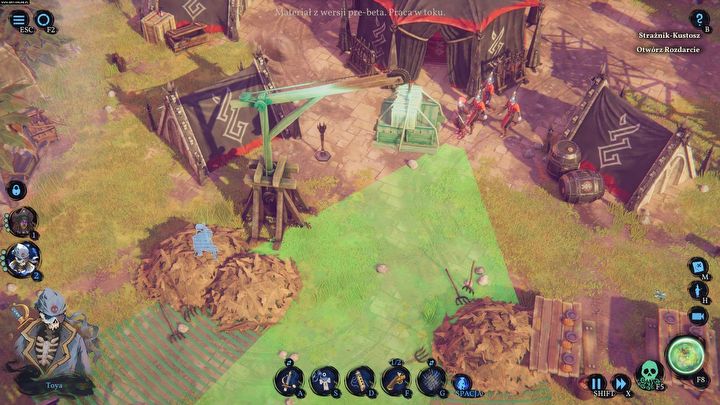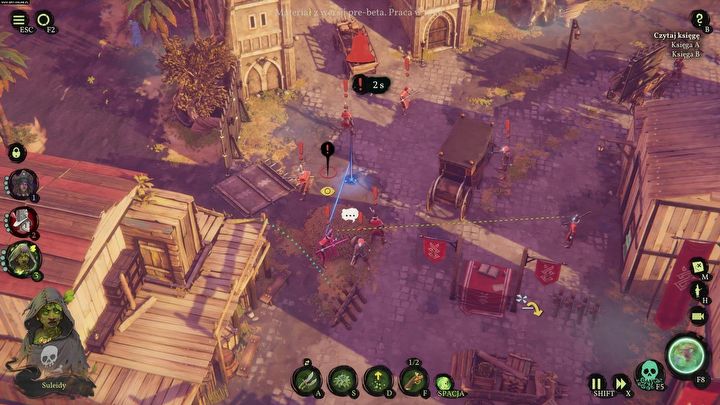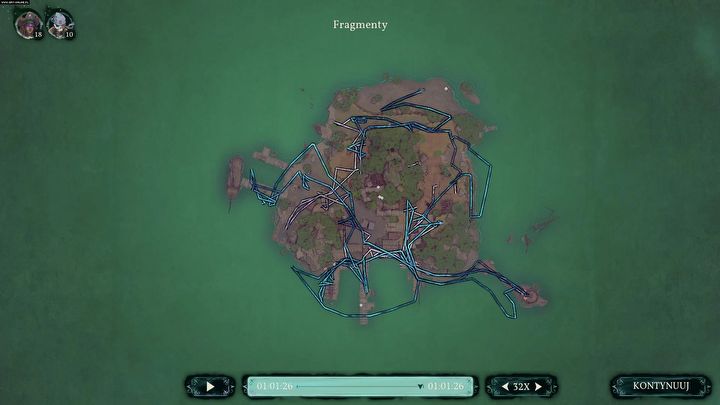Shadow Gambit Hands-on Impressions - This Pirate Strategy Has No Match For Me
Hot Caribbean, cursed pirates, a talking ship, and demanding strategic battles. It's a recipe for a successful adventure, although at times, ensuring that everything goes according to our plan requires quite a lot of effort.
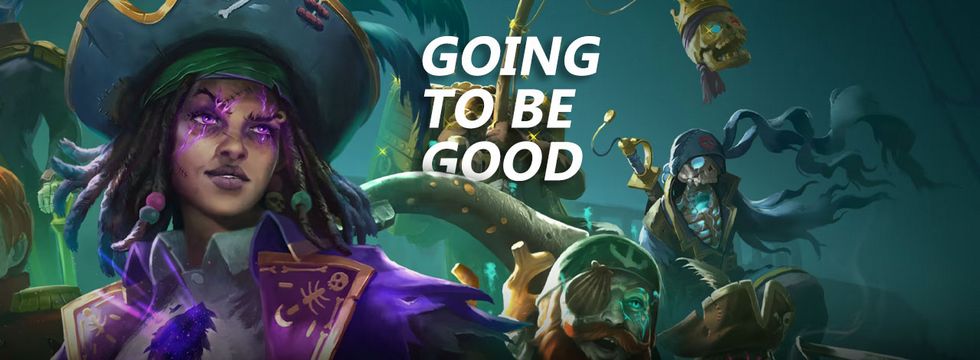
Arrr! Fans of pirate themes in video games have reason to be thrilled. Shadow Gambit: The Cursed Crew seems a juicy piece of solid tactical gameplay, brimming with wild pirate adventures in a rich universe of witchcraft and phenomena straight from Pirates of the Caribbean or Sea of Thieves.
The game is set to hit the market later this year, and I've just had a chance to spend a few days with an exclusive press demo. Although the "pre-beta" version had sounded a little iffy, the whole thing works very well and already at this stage seems well-developed. I visited two of the first islands – Morrow's Reach and New Krucbury – as well as one of the subsequent locations, Santa Forja.
Before we move on to the details of the game itself, it's worth briefly mentioning the background of its creators. Mimimi Games is currently the king of real-time tactical strategy. Referring to the iconic Commandos, the German studio released Shadow Tactics: Blades of the Shogun, set in 16th-century Japan, and Desperados III, presenting the 19th-century Wild West. And now, the team shifted its focus towards the enchanting lagoons of the Caribbean.
Death is just the beginning
The main character of Shadow Gambit: The Cursed Crew is Afia Manicato. A pirate girl whose life didn't exactly go as planned. Actually, one event went particularly not as planned, which is why she turned undead, with a saber stuck in her chest almost up to the hilt. She tries not to let it spoil her day, though.
A pirate is, of course, nobody without a ship. Swiftly, we form a connection with a sentient ship, which is facing a significant shortage of crew. It becomes our task to man the ship, all the while fighting the unexpected Inquisition, who's trying to rid the land of all the undead and find a mysterious treasure.
In this task, we shall be aided by a constellation of pirate stars. Each member of the crew has unique abilities and represents a specific gaming archetype. So we have a sniper, a charismatic seducer, a shaman, a Japanese warrior, and a crazy artillerywoman here. Every pirate has great influence over the gameplay, so it's worth considering after the first missions what we actually like the most and what skills we need.
In order to play as individual crew members, we must bring them to life first, which is expensive. We must use black pearls and magical energy – and we earn them for completed missions. Theoretically, there are no bad choices here, but there are also no universal warriors – each pirate has their own strengths and weaknesses. By making choices randomly, we can make the gameplay more difficult for ourselves.
The whole setting is somewhat reminiscent of Sea of Thieves. The Caribbean here consists of a collection of small islands, and the sight of undead skeletons or pirates pierced by a saber doesn't particularly impress anyone. Black magic is an inherent part of this world. It's so natural that its absence is what could cause anxiety. Death, on the other hand, is just the beginning, and time and space are highly relative concepts, which our happily take advantage of. Teleportation and stopping time are commonplace in this game.
If you are fans of Assassin's Creed IV: Black Flag and clashing with the forces of religious zealots and fanatics, you will feel right at home. Or rather – right in the bushes. Because in both of these games we end up spending quite a lot of time hiding in the bushes.
The mechanics
If you've clocked many hours in Desperados III, you can skip this section, because the mechanics have hardly changed. Superpowers have been added, but when it comes to the rules, everything works the same.
What does the gameplay look like? The setting in the Caribbean is just delightful, and the small map isn't an issue – usually, we're able to freely explore these charming little islands. We start by choosing a place where we moor our ship, then indicate who will go ashore, and we begin the mission.
The choice of both the starting point and the characters is crucial. Some decisions can greatly curb the prowess of certain characters, while others let us create the perfect strategy for them.
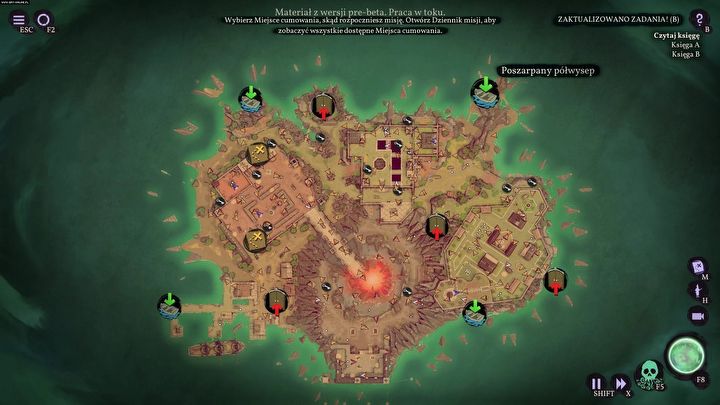
Missions begin with choosing the docking location of the ship. It's worth matching them to the team you have in order to make the best use of pirate skills.
The gameplay itself is based on a simple premise – don't get exposed and use the element of surprise. Some situations require a lot of thinking and proper synchronization of actions from several sides in order to achieve success. If you know Desperados III and Shadow Tactics, you won't even need to learn the ropes here. If you're completely new to these games, you should only know that the whole thing comes down to observing the field of view of individual opponents and making the most of elements of environment.
As I mentioned earlier, our crew consists of unusual individuals, and at the very beginning, we may have trouble finding our bearings. However, when we look at them more closely, many skills will turn out to be easy to understand and to master, and a short tutorial after unlocking each subsequent pirate is fully sufficient to understand how their abilities work. The art, however, lies in combining all of this into a consistent whole.
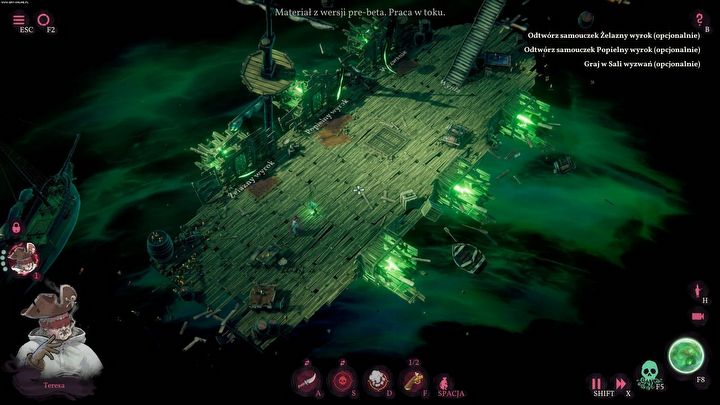
The tutorial for each of the unlocked characters is simple, clear, and presented in a visually pleasing form.
Luckily, it's not a race, and we can complete the game at our own pace. Opponents endlessly roam along designated routes, and we can plan and experiment until we succeed eventually. I've spent over 8 hours with the demo, although it was supposed to take me about half that time. A lot, however, depends on the style of our gameplay. With a conservative, cautious approach, even the initial missions can take over an hour.
New players may find larger maps a bit overwhelming, but in practice it all comes down to figuring out individual stages. Missions are usually closed segments with several guards – and we must focus our attention on them. Having cleaned a given area, we move on to the next one and repeat this process several times – until the goal is achieved.
Desperados IV: Arrr Edition
Describing this game, it's impossible not to recall the previous title of the studio, which is Desperados III. In terms of climate, these are completely different games. And it's not just about exchanging prairies and dried-up canyons for the warm Caribbean waters, but also about the entire world creation. Desperados III presented a slightly exaggerated world straight from the stories of a tipsy cowboy. Even if magical or mystical motifs appeared, the world seemed more on the realistic side, same as the events depicted in it.
Shadow Gambit: The Cursed Crew is the exact opposite of that. It's a wild ride, full of crazy magic and superpowers, from both sides of the conflict. Both undead pirates and the Inquisition freely use a wide range of supernatural abilities, which do not impress civilians all that much.
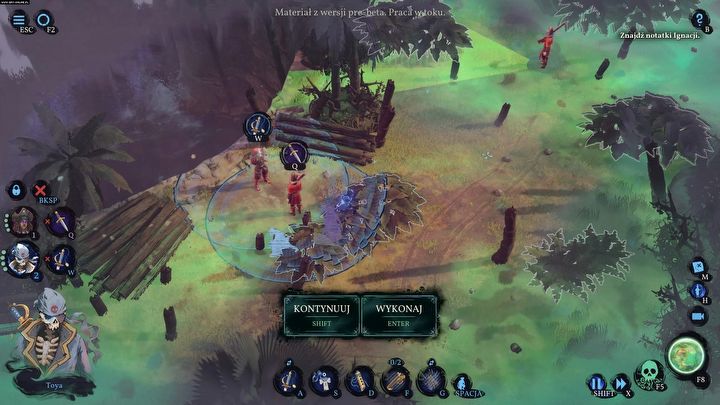
Simultaneous elimination of two targets is the basic mechanic, probably known to all fans of Desperados III.
However, this doesn't mean that the gameplay is completely detached from reality. If you know Desperados III, you will find your way around the layout and operation of individual skills without any difficulty. The basics are essentially the same – close combat, tracking the field of vision, long-range attacks, diverting attention... The whole thing was presented here in a much more fantastic way. For example, John Cooper could throw knives, which he had to retrieve in order to use it again. In the pirate version, we have a blind sniper who's able to shoot accurately with the help of her soul, which she also has to go and pick up from the ground.
From the technical side, you can get the impression that it's essentially the same game. Control, graphical representation of the fields of view, basic mechanics (e.g. hiding, crouching) or even summarizing the task with a presentation of the entire route our heroes took are exactly the same. In-between missions, I launched Desperados III to compare both games with a fresh perspective, and there's no denying that the creators know the word "recycling" all too well.
However, I cannot judge whether this is good or bad. The core of the game remained identical, only the storyline and the resulting abilities have changed. If something works, why fix it? At least for now. However, I have a feeling that in the long run this may be a dead end and it's impossible to sell the same thing infinitely (hey FIFA fans). Currently, it looks a bit like the early stage of the Assassin's Creed series, where the exact same formula was merely transferred to various locations. How long will such an approach continue to work? .
German perfectionism
While running games in various stages of development (pre-alpha, alpha, or beta) or even after the official debut of a given title in Early Access, we sometimes painfully realize that it's not a finished product. We're might be dealing with memory leaks that paralyzes the computer, suddenly shutting the game off, freezing or lagging, or corrupting the textures... Other developers should learn from Mimimi Games about how to handle the technical aspects of their work. Everything runs smoothly here.
The game has relatively low system requirements and it ran like a charm on a laptop that's several years old (i5 9700H, 16 GB RAM, GTX 1650), without any drops in framerate and still with plenty of power to spare. So with 8 GB of RAM, everything should work correctly.
A pirate life for me
Shadow Gambit: The Cursed Crew promises to be a very successful game. In their niche, the productions of Mimimi Games are practically unrivaled and have a distinctive style. This time we get familiar mechanics, turned to 11 by insane skills, and a somewhat dark, self-ironic world saturated with dark magic.
Fans of the genre will be satisfied, lovers of pirate adventures will happily indulge in the fun, and those discovering this type of gameplay should face a lower entry threshold than in Desperados III. Although we should remember that this is quite a specific type of a game, and Shadow Gambit might not keep everyone entertained until the end.
